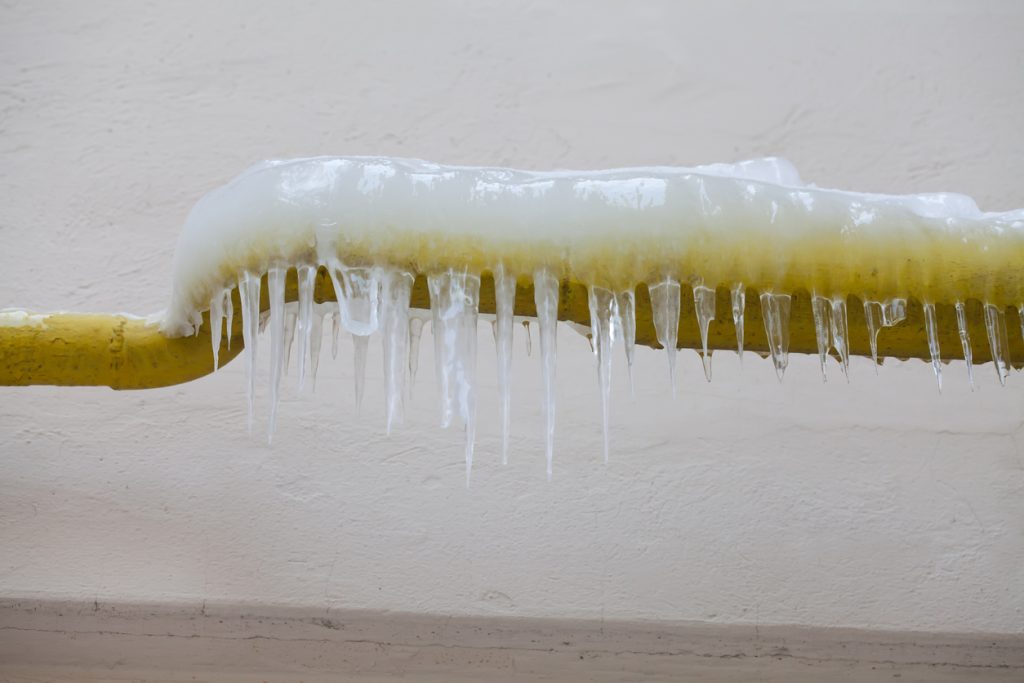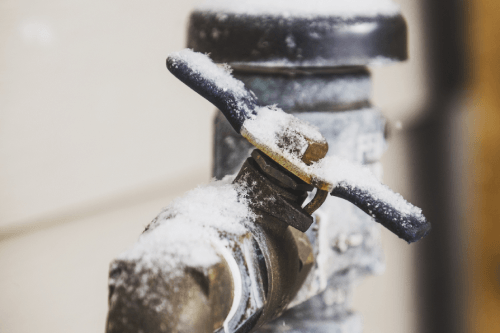Protect Against Frozen Pipes in Cold Weather: Professional Tips
Protect Against Frozen Pipes in Cold Weather: Professional Tips
Blog Article
The article author is making several good pointers relating to Winter Plumbing Precautions: Preventing Frozen Pipes in general in the content in the next paragraphs.

Winter can wreak havoc on your pipes, particularly by freezing pipes. Below's how to avoid it from happening and what to do if it does.
Introduction
As temperature levels decrease, the risk of frozen pipelines boosts, potentially leading to pricey repair services and water damage. Recognizing exactly how to prevent icy pipes is crucial for home owners in chilly environments.
Comprehending Icy Pipes
What creates pipes to ice up?
Pipes ice up when exposed to temperature levels below 32 ° F (0 ° C) for prolonged durations. As water inside the pipes ices up, it increases, putting pressure on the pipeline wall surfaces and potentially triggering them to break.
Risks and damages
Icy pipelines can result in water system disturbances, home damages, and expensive fixings. Burst pipes can flooding homes and trigger considerable architectural damages.
Indicators of Frozen Pipeline
Identifying frozen pipelines early can stop them from breaking.
How to identify icy pipelines
Search for reduced water flow from faucets, unusual odors or noises from pipes, and visible frost on exposed pipelines.
Avoidance Tips
Protecting susceptible pipes
Cover pipes in insulation sleeves or make use of warmth tape to secure them from freezing temperatures. Concentrate on pipes in unheated or external areas of the home.
Home heating methods
Maintain interior rooms appropriately heated, specifically areas with pipes. Open up cabinet doors to enable cozy air to distribute around pipelines under sinks.
Protecting Outside Pipes
Yard hose pipes and outside taps
Detach and drain yard pipes before winter season. Install frost-proof faucets or cover outside faucets with shielded caps.
What to Do If Your Pipelines Freeze
Immediate actions to take
If you think icy pipelines, maintain faucets available to eliminate stress as the ice melts. Use a hairdryer or towels taken in hot water to thaw pipelines slowly.
Long-Term Solutions
Structural modifications
Take into consideration rerouting pipes away from exterior walls or unheated areas. Add extra insulation to attic rooms, basements, and crawl spaces.
Updating insulation
Buy premium insulation for pipelines, attic rooms, and wall surfaces. Correct insulation aids keep regular temperature levels and decreases the risk of icy pipes.
Final thought
Avoiding icy pipes needs proactive procedures and fast reactions. By recognizing the causes, indications, and safety nets, property owners can shield their pipes during cold weather.
6 Proven Ways to Prevent Frozen Pipes and Protect Your Home
Disconnect and Drain Garden Hoses
Before winter arrives, start by disconnecting your garden hoses and draining any remaining water. Close the shut-off valves that supply outdoor hose bibs and leave the outdoor faucet open to allow any residual water to drain. For extra protection, consider using faucet covers throughout the colder months. It’s also important to drain water from any sprinkler supply lines following the manufacturer’s directions.
Insulate Exposed Pipes
Insulating your pipes is an effective way to prevent freezing. Pipe insulation is readily available at home improvement stores and is relatively inexpensive. Pay close attention to pipes in unheated areas such as the attic, basement, crawl spaces, or garage. Apply foam insulation generously to create a buffer against the cold. You can also wrap your pipes in heat tape or thermostat-controlled heat cables for added warmth.
Seal Air Leaks
Inspect your home for any cracks or openings that could let in cold air. Seal any holes around the piping in interior or exterior walls, as well as the sill plates where your home rests on its foundation. Additionally, make sure to keep your garage door closed unless you’re entering or exiting. Leaving it open creates a significant air leak that can lead to frozen pipes.
Allow Warm Air Circulation
During cold snaps, it’s essential to allow warm air to circulate evenly throughout your home. Leave interior doors ajar to promote better airflow. Open kitchen and bathroom cabinets to help distribute heat consistently around the rooms. If you have small children or pets, be sure to remove any household chemicals or potentially harmful cleaners from open cabinets for safety.
Let Faucets Drip
A small trickle of water can make a big difference in preventing ice formation inside your pipes. When temperatures drop significantly, start a drip of water from all faucets served by exposed pipes. This continuous flow helps prevent the water from freezing. Additionally, running a few faucets slightly can relieve pressure inside the pipes, reducing the chances of a rupture if the water inside does freeze.
https://choateshvac.com/6-proven-ways-to-prevent-frozen-pipes-and-protect-your-home/

Hopefully you enjoyed reading our excerpt about How To Avoid Freezing Pipes. Thanks for taking time to read our content. Are you aware of another person who is curious about the topic? Please feel free to share it. Thanks so much for going through it.
Go Deal Now Report this page